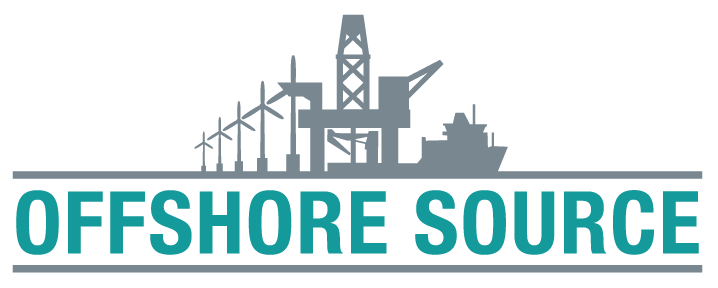NOAA has launched an interactive dashboard that indicates high compliance with endangered North Atlantic right whale mandatory vessel speed zones. The dashboard is generated from Automatic Identification Systems (AIS) data for vessels that are subject to existing mandatory speed regulations and allows users to explore vessel activity by speed, season, month, speed zone and vessel type. AIS is an automated safety tracking system that provides the location — and other information — of vessels in a given area.
Current vessel speed regulations require most vessels 65 feet and longer to transit at 10 knots or less in designated areas of the ocean along the U.S. East Coast at certain times of year to reduce the threat of collisions with endangered North Atlantic right whales. The interactive dashboard displays vessel compliance rates by each designated speed zone, and clearly shows that vessel compliance has greatly improved since regulations were first implemented in 2008.
 A screenshot of the North Atlantic Right Whale AIS Speed Zone Dashboard bar chart indicating high levels of compliance by most vessel types (65+ feet) during the 2022-2023 active seasonal speed zone season. (Image credit: NOAA)
A screenshot of the North Atlantic Right Whale AIS Speed Zone Dashboard bar chart indicating high levels of compliance by most vessel types (65+ feet) during the 2022-2023 active seasonal speed zone season. (Image credit: NOAA)
“One of our objectives in our North Atlantic right whale Road to Recovery is to monitor the effectiveness of conservation efforts, and this dashboard helps us do just that,” said Janet Coit, assistant administrator for NOAA Fisheries. “This dashboard allows NOAA Fisheries to closely monitor and share how effective speed regulations are at slowing down vessel traffic to reduce the threat of vessel collisions to right whales.”
NOAA’s Office of Law Enforcement and the U.S. Coast Guard (USGC) are charged with enforcing North Atlantic right whale vessel speed regulations and helping the public comply with the rules. They monitor designated speed zones to ensure compliance and leverage several technologies and strategies including:
- Industry and public outreach to help prevent violations before they happen.
- Use of AIS to detect speeding.
- Portable radar units to detect speeding by vessels not carrying AIS.
- Active patrolling of Seasonal Management Areas.
AIS is a maritime safety technology used by many vessels in the U.S. and international waters to broadcast and receive real-time messages containing information about their location and characteristics. In the U.S., the USGC and industry collect this publicly available AIS data, which can also be used for a variety of coastal planning purposes.
 The North Atlantic Right Whale Road to Recovery describes NOAA Fisheries’ efforts to halt the current population decline and recover the species. (Image credit: NOAA)
The North Atlantic Right Whale Road to Recovery describes NOAA Fisheries’ efforts to halt the current population decline and recover the species. (Image credit: NOAA)
North Atlantic right whales are approaching extinction, with vessel strikes as one of the leading causes of mortality and serious injury for the species. NOAA Fisheries is dedicated to conserving the North Atlantic right whale population, which is endangered, declining and experiencing an ongoing Unusual Mortality Event.
In 2022, NOAA Fisheries proposed an expansion of existing vessel speed regulations, and anticipates taking final action on the proposed rule in 2023.
NOAA Fisheries recently announced new funding to conserve and recover endangered North Atlantic right whales with $82 million in funding from the Inflation Reduction Act — the largest climate and conservation investment in history. This funding will support technologies to enable vessels to detect and avoid North Atlantic right whales, and will help NOAA Fisheries to develop and evaluate new technologies to transform North Atlantic right whale monitoring.
NOAA Fisheries is planning to release several announcements related to North Atlantic right whales throughout the month of October. This and future announcements all contribute to reaching the goals and various objectives of the Road to Recovery. The strategy shows how our collective actions, in collaboration with partners, fit together to save this iconic species.


